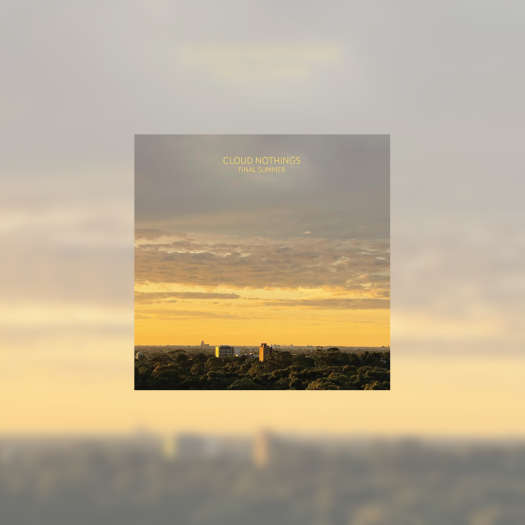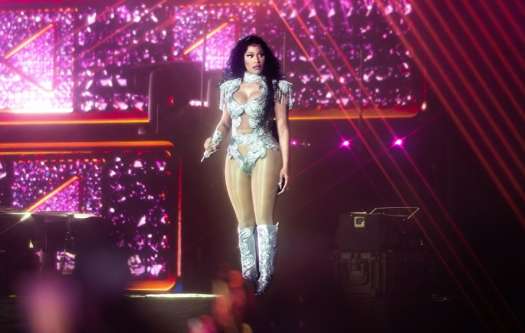South Korea has had a cinematic renaissance over the last few years, picking up critical acclaim as Hong Kong cinema has had an equally disappointing tumble. "Musa: The Warrior" is the most expensive Korean film ever made, and it shows. It's an historical epic set in the tumultuous last quarter of the 14th century. In China, the embryonic Ming dynasty is squeezing the Yuan dynasty (the Mongols) back West beyond the Great Wall. Caught in the middle is a diplomatic envoy sent from a Korean kingdom. Punished for a separate attack on a Ming envoy, they are disarmed and marched through the dessert, only to be further decimated, and then freed in an attack by Yuan forces. As the Korean diplomats perish, a stoic and single-minded young General, Choi Jung, takes command and mercilessly drives the survivors through the dessert on their way home. None dare oppose him, except the taciturn slave of one of the dead diplomats, Yoesol, who will not leave his master's corps, and drags it through the dessert, alone. They are reunited in a trading village, where they also both briefly glimpse a beautiful Ming princess (Zhang Ziyi, of "Crouching Tiger, Hidden Dragon") held captive by a detachment of Yuan soldiers. General Choi Jung, decides rescuing and returning her would stand the Koreans in good stead with the Ming Emperor (plus, he thinks she's hot). Things just get bloodier, and more tragic and complicated from there, with the enlisted men's sole desire, to return home, thwarted at every turn.
"The Warrior" is beautifully shot and skilfully cut, with a lot of slickly incorporated CGI effects. Cinematographer Kim Hyung-koois's rendering of some of China's most majestic and desolate landscapes, his gorgeous cast, and the chaos of battle is equal to the epic nature of the story (and budget). Like "Crouching Tiger," the producers may wish to blur the foreign art-house/ blockbuster barrier, and as a big budget, Asian historical epic, which shares a cast member with "Crouching Tiger," comparisons are bound to be made, but that's a bit like suggesting Mexican refried beans and Chinese Ma Po Tofu are the same, simply because they're both served with rice. The battle scenes don't have the balletic choreography that misguided "Crouching Tiger" fans might expect, instead battles are frenzied, bloody tangles with swords hacking off limbs and heads, and arrows skewering throats (the opening battle in "Gladiator" may be used as a reference point, and the humane society may have some questions about some of the wild stunts horses were involved in).
As one might expect with a big budget film stock recipes abound, in this case it's an interesting mixture of modern and old-fashioned Western and Asian cliches. You can expect familiar formulas like classic pre-battle pathos milking discussions about families left behind, and babies yet to be seen; the question of whether honourable men, temporarily blinded, can eventually be redeemed; and tragic love triangles that could never surmount cast barriers, anyway. The Mongol and Korean warriors, and Chinese peasants all come out as honourable, while they suffer for the whims of the ruling- and upper- and educated classes. However, the superficial characterisation we're offered is too limited to create much connection to their fate. Beautiful vistas, and graphically riveting battle scenes punctuate a slow moving, and un-involving but beautifully shot classic tale.




